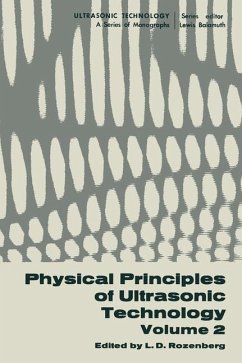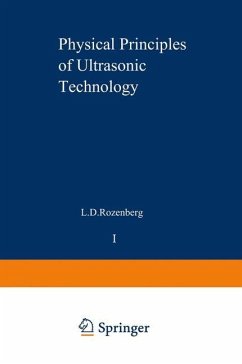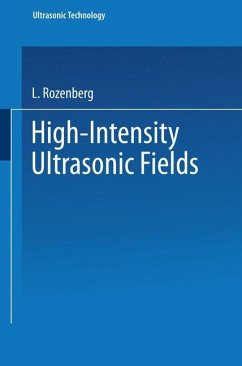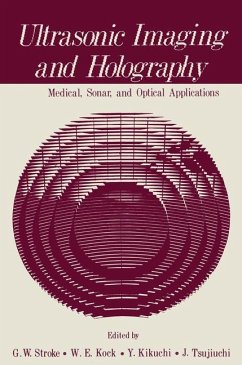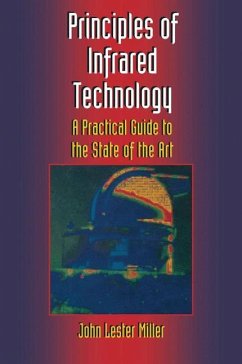Under the action of acoustic vibrations a liquid is converted into the aerosol state at the interface between a gaseous and a liq uid medium. Acoustic energy can be delivered to the atomization zone either on the liquid side or on the gas side. Ordinarily, when acoustic energy is delivered through the gas, the atomization of the liquid is realized by sonic and low-frequency ultrasonic vibra tions because high-frequency ultrasound is rapidly damped in prop agation through gases. But if the acoustic energy is delivered through the liquid, whose damping factor is orders of magnitude smaller than in gases, atomization can be realized by sonic, low frequency ultrasonic, or high-frequency ultrasonic vibrations. The following is a convenient classification of methods for the ultra sonic atomization of a liquid: 1. atomization of the liquid with the transmission of acoustic energy to the working zone through the liquid: a. atomization in a layer; b. atomization in a fountain; 2. atomization of the liquid with the transmission of acoustic energy to the working zone through the gas. 3 Chapter 1 Acoustic Atomization of Liquids The atomization of liquids by ultrasound (at a frequency of 300 kHz) was discovered in the classical studies of Wood and Loomis [1]. The first experimental investigation of the physical nature of the 8tomization of a liquid by ultrasound was conducted by Sollner [2].
Hinweis: Dieser Artikel kann nur an eine deutsche Lieferadresse ausgeliefert werden.
Hinweis: Dieser Artikel kann nur an eine deutsche Lieferadresse ausgeliefert werden.

